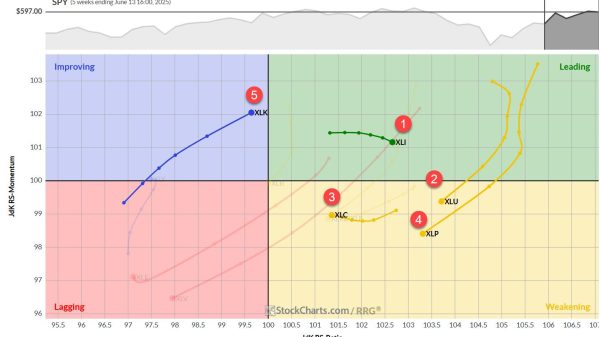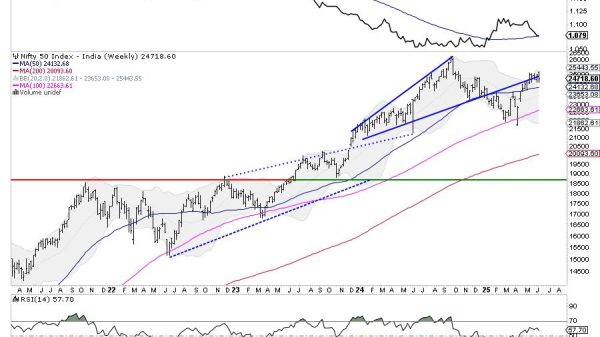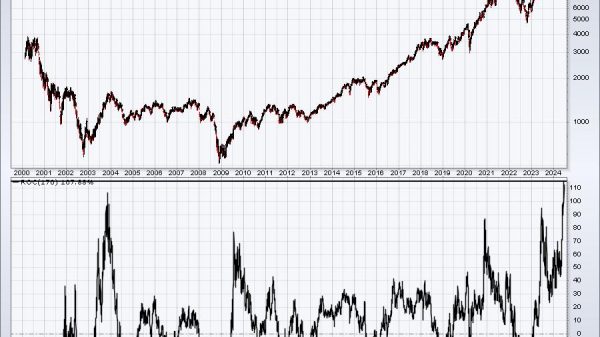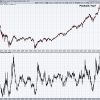USD Nears 15-Month Low: Inflation Fuels the Dollar Crash
The U.S. Dollar remained close to a 15-month low on Friday, signalling its biggest weekly decline since November, as weakening inflation data reinforced investors’ expectations of the Federal Reserve nearing the conclusion of its rate hike cycle.
Data released on Thursday revealed minimal growth in U.S. producer prices despite the Dollar crash, with the annual increase in producer inflation reaching its lowest level in almost three years. This followed modest consumer price growth reported earlier this month. The lower inflation figures, combined with a resilient labour market, provide support for the notion of a gentle economic slowdown in the United States, according to Carol Kong, a currency strategist at the Commonwealth Bank Of Australia in Sydney.
Euro Reaches 16-Month High, Swedish Crown Retreats, and Australian Dollar Eases
The Dollar index, which measures the U.S. currency against a basket of six major peers, experienced a slight uptick of 0.06% to 99.827 after reaching a 15-month low of 99.574 earlier. For the week, the index recorded its largest decline in eight months, down 2.4%.
While there is still a 95% probability of a 25 basis point rate hike from the Fed later this month, as indicated by CME’s FedWatch tool, no further hikes are anticipated for the remainder of the year. Investor sentiment has been betting on a shift in the Dollar for some time, with short positions more than doubling in July. However, they still remain well below 2021 levels, based on data from the Commodity Futures Trading Commission.
Japanese Yen Weakens Against best Dollar Exchange Rate in Months
Despite some caution from Fed officials, such as Federal Reserve Governor Christopher Waller expressing the need for more rate increases this year, the dollar‘s weakness persisted. Conversely, the euro briefly touched a fresh 16-month peak of $1.1243 before settling at $1.1227. Meanwhile, the Swedish crown retreated 0.5% against the dollar to 10.2560 following data showing a slower-than-expected deceleration of inflation in Sweden. However, the Swedish currency remains on track for its largest weekly gain since March 2009, with a 5.2% increase.
In other currency movements, the Australian Dollar declined 0.3% to $0.6868 after the appointment of Michele Bullock as head of Australia’s central bank, marking the institution’s first female governor amid a comprehensive reorganization. Additionally, the Japanese yen weakened 0.25% to 138.41 per Dollar, headed for its best week against the Dollar crash since January.
The post USD Nears 15-Month Low: Inflation Fuels the Dollar Crash appeared first on FinanceBrokerage.
























